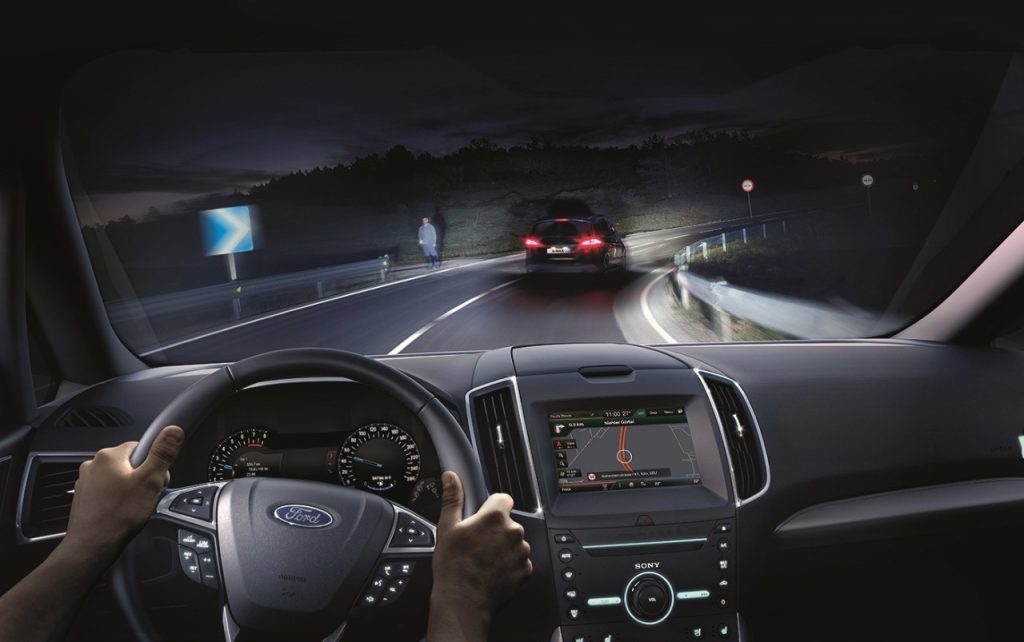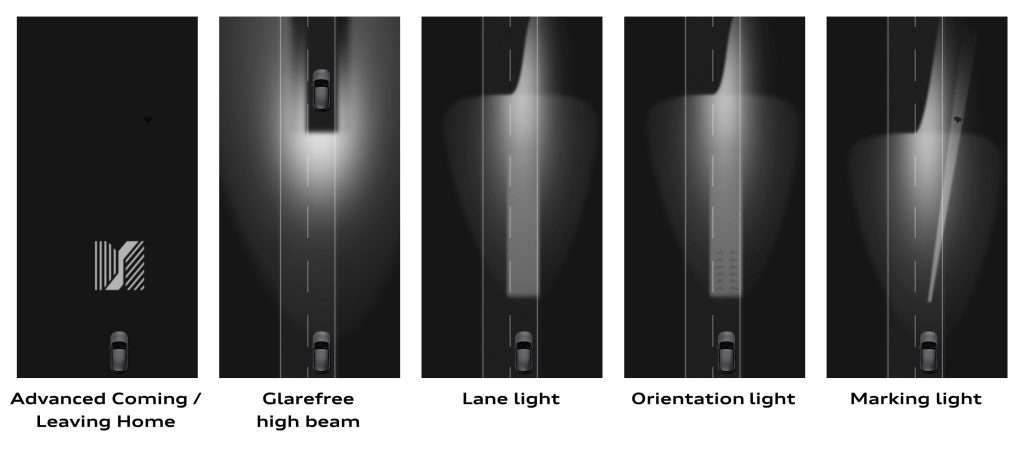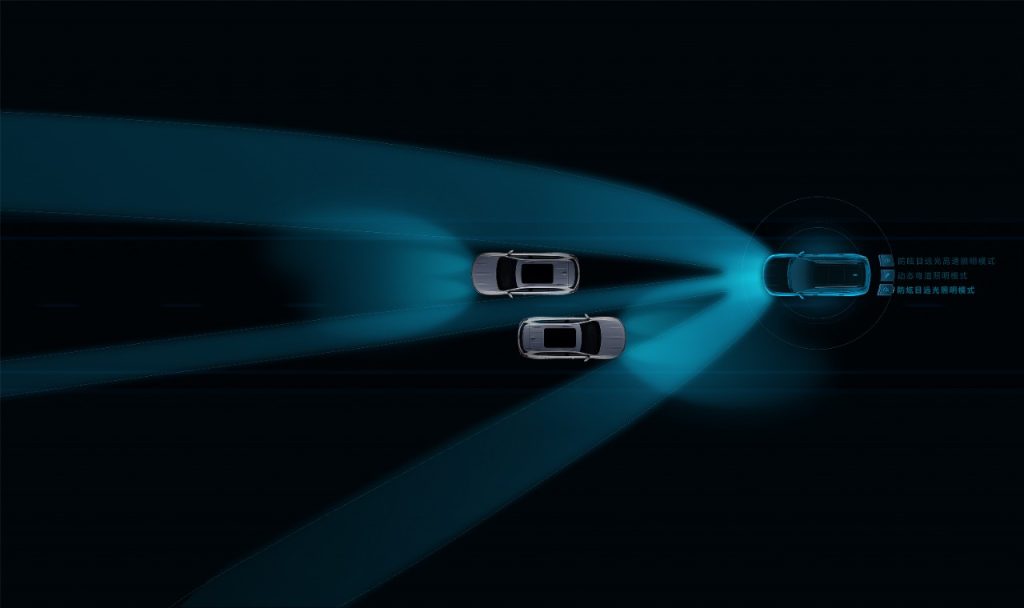
Nestled deep into the recently-passed Infrastructure Investment and Jobs Act was a pretty interesting section that may have a big impact to the way we drive at night.
We’re talking about this phrase in particular:
“The Secretary [of Transportation] shall issue a final rule amending [Federal Motor Vehicle Safety] Standard 108…to allow for the use on vehicles of adaptive driving beam headlamp systems.”
What is An Adaptive Driving Beam Headlamp?
First, according to the document itself, the term “adaptive driving beam headlamp” means “a headlamp that meets the performance requirements specified in SAE International Standard J3069, published on June 30, 2016.”
So without going into an engineering dissertation here, the SAE International Standard J3069 is essentially a set of requirements for how a vehicle lighting system may adjust its beam pattern for optimal visibility in a dynamic environment.

In other words, adaptive driving beam (ADB) systems can automatically brighten, dim, and shift light output to react to driving conditions—far more nuanced than the basic low beam/high beam setup we’ve got today.
At the heart of these systems is often an array of many distinct LED elements. These LEDs can be switched on and off individually (or in clusters) by the ADB controller. That means it can create precise beam patterns for a range of driving scenarios. Really fancy systems may even be able to project symbols onto the road as you drive.
The overall goal of an ADB system is to provide the driver with ample light for navigation, without distracting other drivers or pedestrians. (If you’ve ever been blinded by someone in oncoming traffic with their brights on, you know what we’re talking about here.)

Are Adaptive Driving Beams Coming to the U.S.? And When?
While other countries have enjoyed ADB tech for a while now, it hasn’t been permitted in the United States. But that is poised to change with the passage of the new infrastructure bill. Though it’s yet to be seen how quickly these ADB systems could appear in U.S. showrooms, we know several OEs have already incorporated ADBs into their global vehicle portfolio, which makes us think we’ll be seeing them soon.
It also begs the question: Will the aftermarket will start cranking out ADB retrofit kits, similar to headlight relay mods or HID headlight conversions?
At any rate, if adaptive driving beams help us run to the parts store for more zip-ties before it closes, we’re all-in.

Good article
Head lights 2008 Cadillac esclade and. A 2005 dodge min van